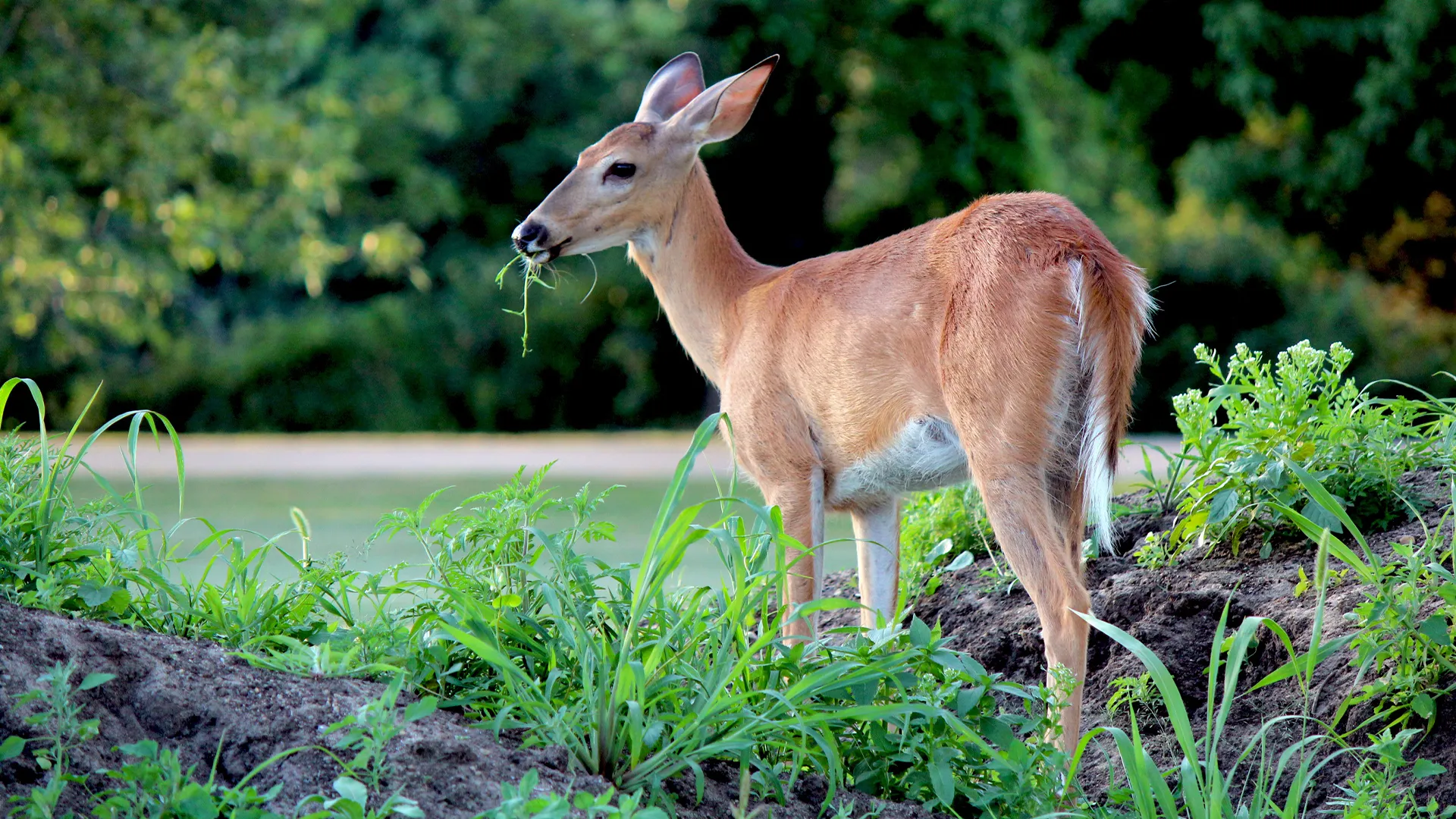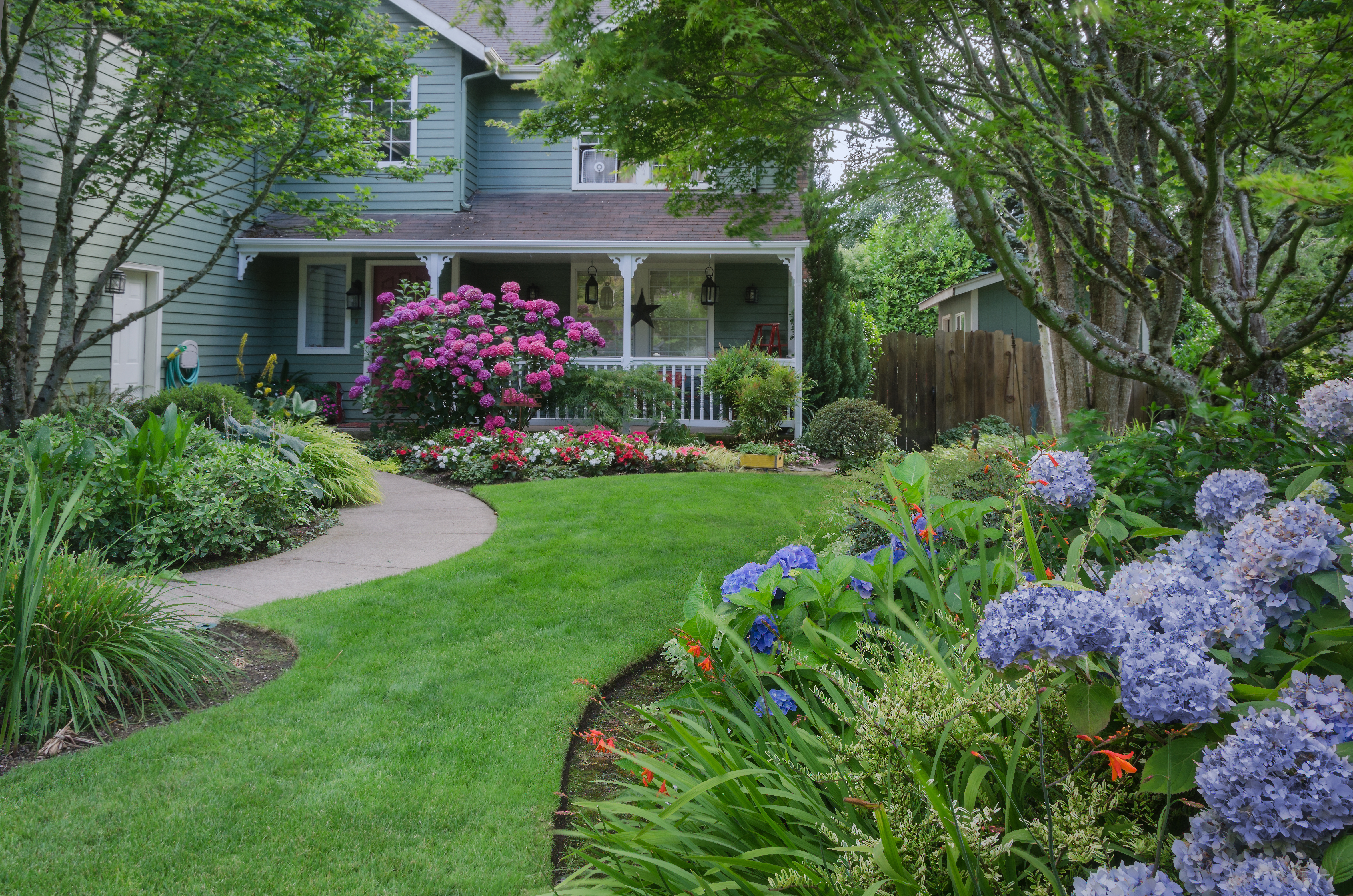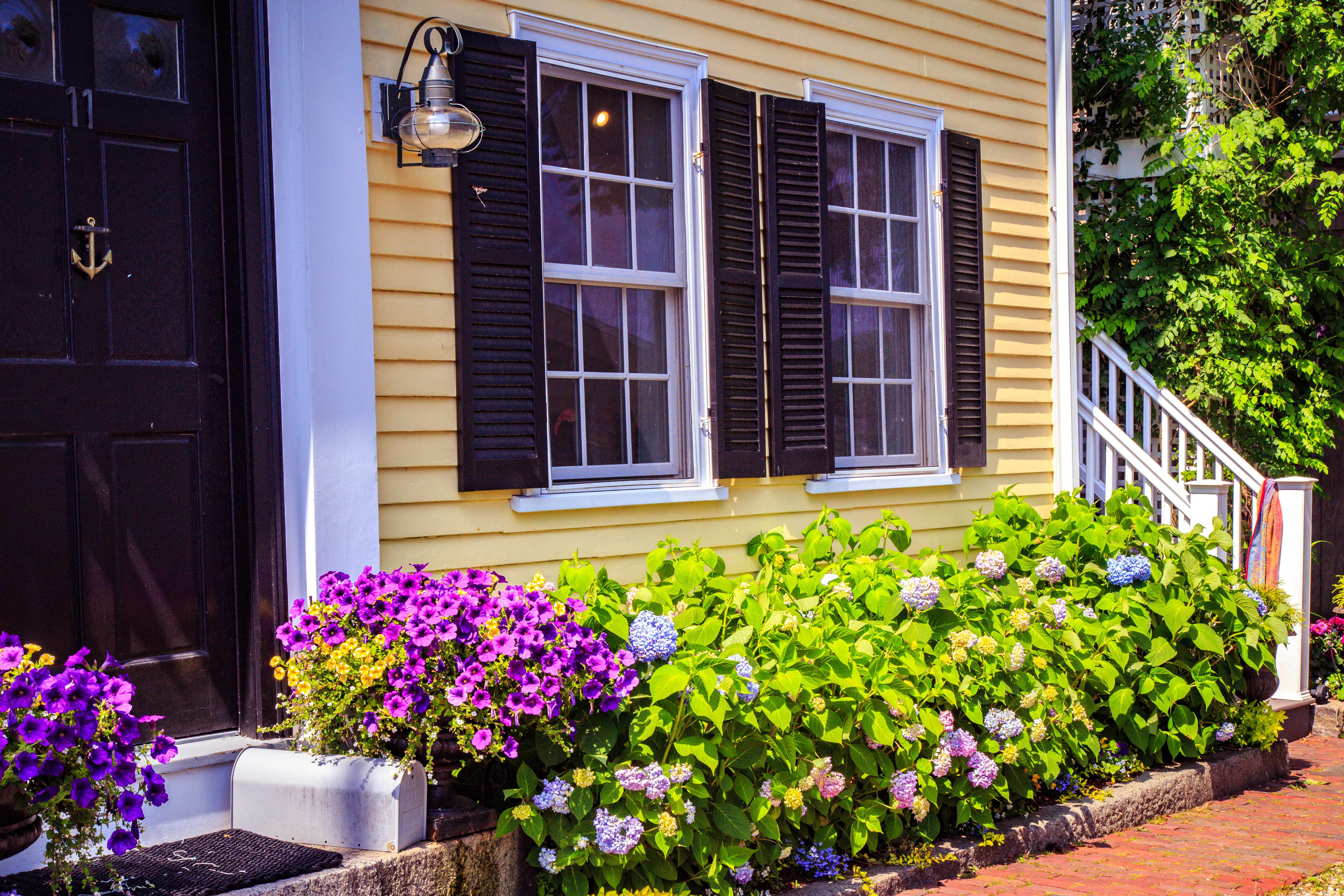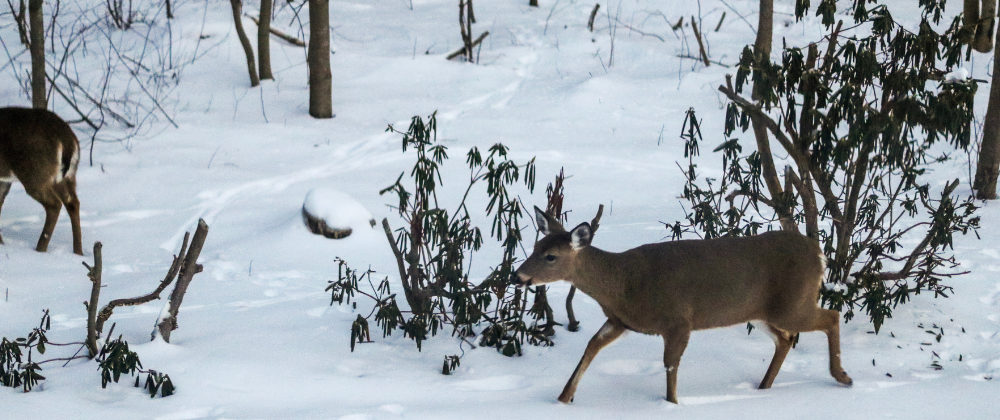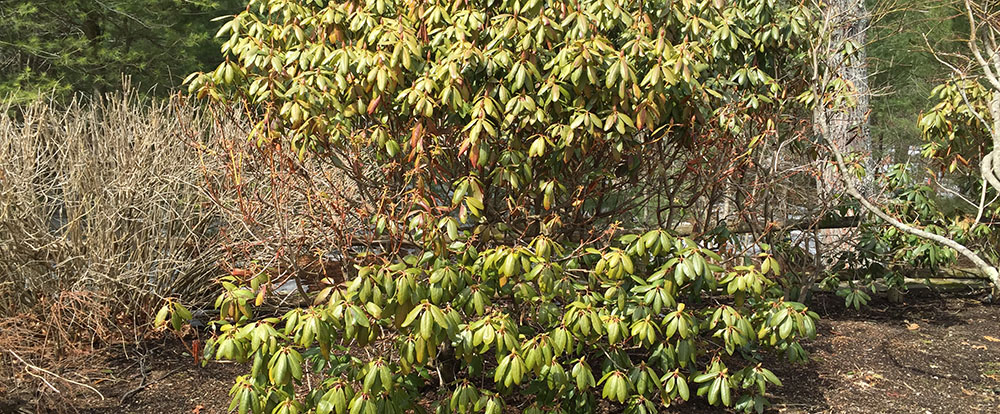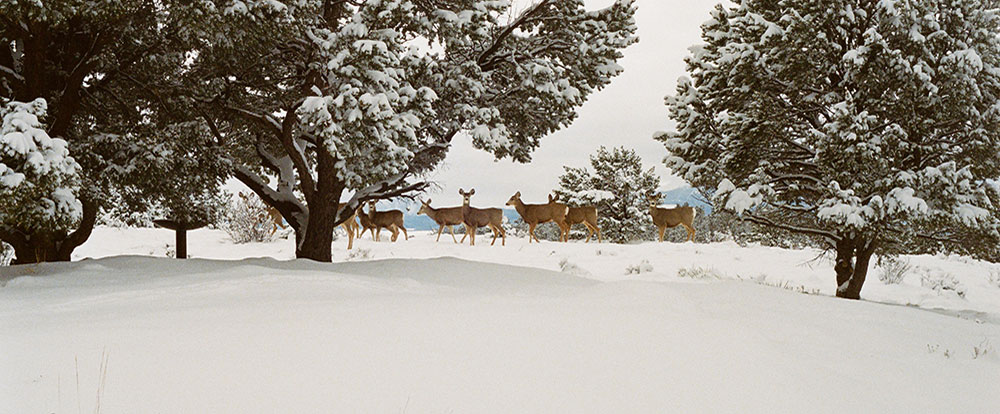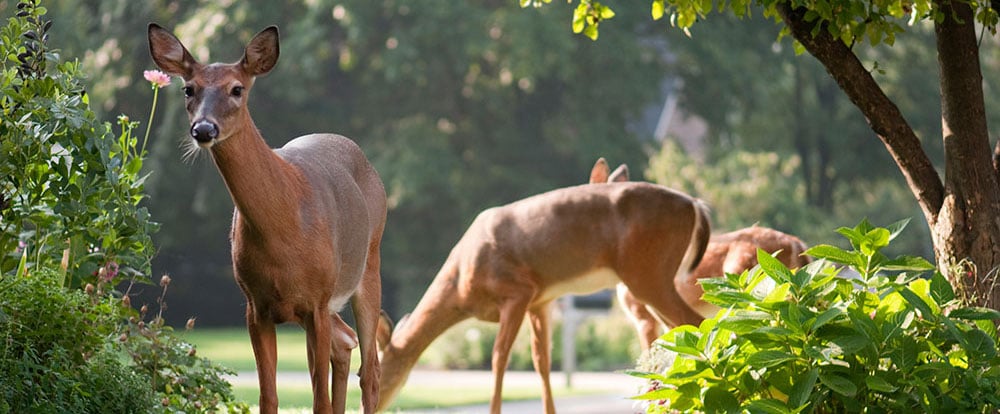Deer seem harmless and nice to look at, but when they eat your expensive landscape they can cost you thousands of dollars of lawn damage!
Read More...How to Check for Signs of Deer Damage
Top 3 Most Effective Natural Deer Repellent Strategies
White-Tailed Deer are plentiful in New England, they are active year-round and they interact with humans daily. This healthy population carries with it some risks such as car collisions, increasing the spread of Lyme Disease, and vegetation/landscaping destruction.
Read More...Reducing the Risk of Lyme Disease Through All Natural Deer Control
As the temperatures cool and plants begin to die away in anticipation of winter, deer begin their annual search for food to survive the colder months. As their food sources becomes more and more scarce they will begin to eat the landscaping of many residential and commercial properties. Each season homes and businesses suffer hundreds-to-thousands of dollars in damage to their landscaping.
Read More...Did You Plant a 4 Course Meal for Deer this Winter?
It's fall and you spent all Spring and Summer making your property look as pristine as possible with the expectation that come next Spring your efforts will be noticed once again. Not only was it a large investment of time an energy, but likely money as well. What many people in New England do not consider when landscaping their property is that some of the most common plantings are extremely desirable food sources for Deer; especially in the Winter.
Read More...What does deer damage look like? (and how can deer proofing help?)
Deer damage to your landscaping can occur year-round. Often once you start seeing damage, it's already too late, but an integrated deer pest control plan will protect what's left of your plants in order for them to regenerate more quickly, and in the process prevent future damage.
You Have No I-deer What Deer Damage Really Costs You…
Deer damage is estimated to cost around $2 BILLION dollars nationwide each year, and $250 million of that cost reflects damage to properties around homes in communities like ours. It’s important to know the signs of deer damage, so you can choose proactive, natural deer pest control steps that protect your property and landscaping investments, without being unsafe for your family or pets.
Read More...Control Deer on Cape Cod with All-Natural Deer Repellents
There are more than 95,000 white-tailed deer in Massachusetts, with densities of about 80 deer per square mile in areas of Eastern Massachusetts. Cape Cod and the Islands have a growing white-tailed deer population bringing new concerns to the area, including deer damage on residential and commercial properties, as well as an increase in tick-borne illness such as Lyme disease, as deer carry ticks close to homes in search of food.
Read More...What Deer Eat & How to Naturally Prevent Deer Damage
White-tailed deer are found throughout Massachusetts including Cape Cod and Martha's Vineyard. They are herbivores and consume a wide variety of herbaceous and woody plants native to the area.
An adult white-tailed deer requires approximately 5-7 lbs of food per day, and lawns unprotected by deer repellent are like a smorgasbord to them. Energy demands for white-tailed deer vary seasonally, and what deer eat can favor particular plants depending on the season, but these demands are the greatest during the autumn rut and severe winter weather.
Read More...
